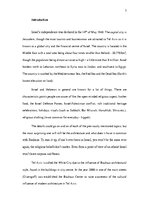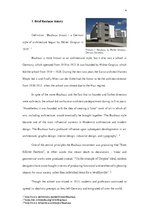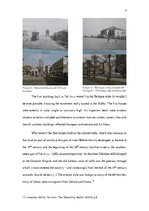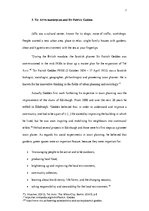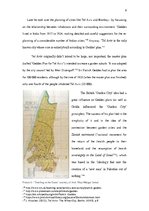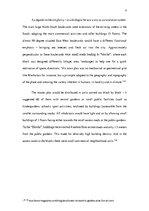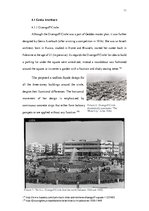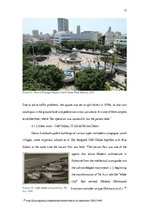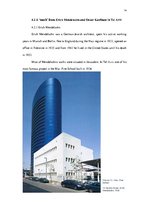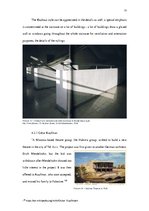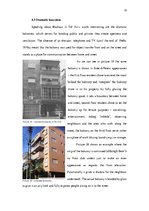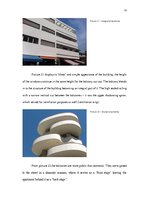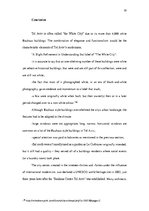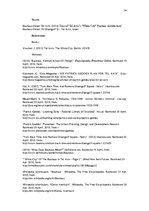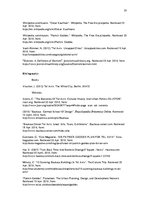-
Architectural Secrets in Israel - Is Tel Aviv a Hidden Bauhaus Architecture Pearl?
| Nr. | Chapter | Page. |
| Introduction | 3 | |
| 1. | Brief Bauhaus history | 4 |
| 2. | Brief history of Tel Aviv | 5 |
| 3. | Tel Avivs masterplan and Sir Patrick Geddes | 7 |
| 4. | Bauhaus in Tel Aviv | 10 |
| 4.1. | Genia Averbuch | 11 |
| 4.1.1. | Dizengoff Circle | 11 |
| 4.1.2. | Other work - Café Galina, 57 Ah’ad Ha’am Street | 12 |
| 4.2. | A ‘mark’ from Erich Mendelsohn and Oskar Kaufman in Tel Aviv | 14 |
| 4.2.1. | Erich Mendelsohn | 14 |
| 4.2.1. | Oskar Kaufman | 15 |
| 4.3. | Dramatic balconies | 18 |
| Conclusion | 20 | |
| List of sources | 22 |
Conclusion
Tel Aviv is often called "the White City” due to its more than 4,000 white Bauhaus buildings. The combination of elegance and functionalism would be the characteristic elements of Tel Aviv’s modernism.
‘A Slight Refinement in Understanding that label of "The White City":
-it is accurate to say that an overwhelming number of these buildings were white yet selective historical buildings, that were and are still part of this collection, were and are still not white;
-the fact that most of it photographed white, in an era of black-and-white photography, gave credence and momentum to a label that stuck;
-a few were originally white when built, but their owner(s) then or in a later
period changed over to a non-white colour.’26
Although Bauhaus style buildings overwhelmed the citys urban landscape, the features had to be adapted to the climate:
-large windows were not appropriate, long, narrow, horizontal windows are
common on a lot of the Bauhaus style buildings in Tel Aviv;
-special attention was paid to balconies as mentioned in the previous section;
-flat roofs weren’t mostly used as a garden as Le Corbusier originally intended,
but it still had a quality – they served all of a buildings residents where social events
(or a laundry room) took place.…
Tel Aviv is going to be explored in this essay from its origins, the development of the masterplan by Sir Pattrick Geddes und its Bauhaus heritage buildings and weather adapted characteristics. Tel Aviv is often called "the White City” due to its more than 4,000 white Bauhaus buildings. The combination of elegance and functionalism would be the characteristic elements of Tel Aviv’s modernism. The city centre, created in the nineteen-thirties and -forties under the influence of international modernism, was declared a UNESCO world heritage site in 2003, just three years later after the ‘Bauhaus Center Tel Aviv’ was established. Many architects, most of them emigrating from Europe, found opportunities here to realize their ideological principles and architectural ideas. Tel Aviv is a hidden Bauhaus architectural pearl because the Bauhaus style buildings are discreet, laconic, and often changed over the time in their appearance. That’s why, unless one’s pointing out the unobtrusive elegance and simplicity of the whole scene, under the layers of time effected neglection it’s not easy to see the true essence, the hidden core of Tel Aviv, because the inhabitants had apparently forgotten they're treasures as the time passed away and they have actually started to renew their buildings at the end of the 20th century.
PDF formāts.



